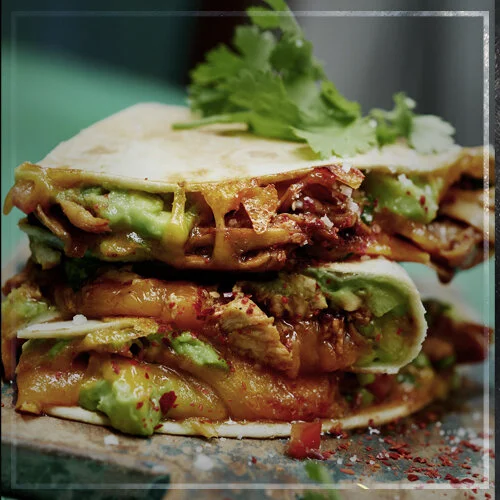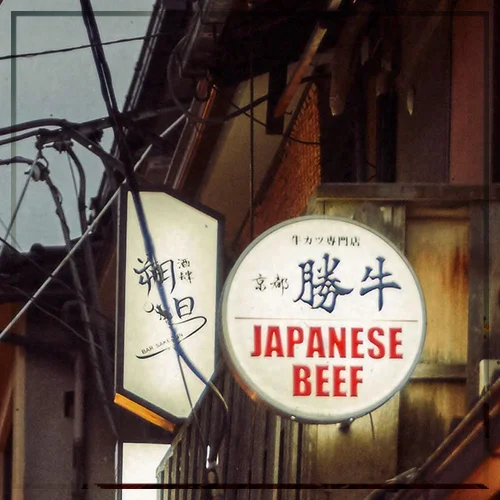LIMA’S CHEFS DISH UP – PART I
1:00 pm. The hubbub of a busy lunch break. Business people in summery outfits finding seats. My eyes wander through the bright room, kept in warm white and brown colours. Old mosaic tiles cover the floor, a low brick wall separates the bar and the dining room. A group of guys jokingly order drinks from the waiter. A familiar atmosphere, people obviously know each other.
I’m in Rafael Osterling’s “Rafael”, a highly popular restaurant in the middle of Miraflores. This fashionable district of Lima is located in a two kilometre beeline from the beaches of the Pacific coast.
First, Rafael apologises through the means of a waiter for his absence, but then over half an hour later he greets me with an intimacy as if we had gone to school together. Barely sitting, he orders the first appetisers to our table. Sliced Mediterranean style tuna with capers and olive oil as well as a salad of arugula, cherry tomatoes and avocado. If there hadn’t been cubed mango on my plate, as well as fresh palm tree hearts and a dip with “aji Amarillo”, Peru’s juicy yellow chilli, I could have imagined I was in Sardinia.
The theme here is “fusion”, making Peru’s emerging cuisine so exciting in the second decade of the 21st century.
500 years after colonisation by a handful of swashbuckling Spaniards, their decedents believe, after intensive training in Europe’s fine gastronomy, that they should return to Peru’s local pots and pans and set up their own restaurants in the 8 million strong metropolis, Lima.
After studying law, Rafael decided to go into cooking. Spending his apprenticeship for two years in London and two years in Paris with all of its ups and downs, he returned to Lima to open “Rafael” in 2000.
After two further courses and animated conversation we receive a “Tiradito de corvina”, a special adaptation of Ceviche, but without the onions and cut in a manner reminiscent of Japanese Sashimi.
“Fish and seafood are the basis of my cuisine. For the highest standards, the product counts 70% and the cook 30%,” he says, but then his phone vibrates on the wooden tabletop, he takes the call and disappears into the kitchen.
It is time for my next appointment! We manage to get a portrait of Rafael, then I jump into a taxi. “Restaurant Malabar, camino real 101, San Isidro, please,” I tell the driver. Driving through the street canyons of the banking district “San Isidro”, the impressions zoom by. HSBC, Ernst & Young, even Engels and Völkers can be found here. The relics of “El Condor Pasa” and romantic pan flute music, which the country still embellished only a few years ago, have been replaced by this modern Peru.
I stand in front of the puristic white façade of the “Malabar”, Pedro Miguel Schiaffino’s restaurant.
Inside I read the 10-course degustation menu that seems alien even to the expert.
Pedro Miguell belongs to the group of Peruvian chefs who utilise the variety of ingredients that the 40 different microclimates within the country produce, integrating everything into their dishes. Ecologically conscious, he uses sustainably produced fish in his kitchen, such as the paiche from the Amazon Basin. Paiche is a catfish-like species, that can reach a length of up to 2.5 metres and is believed to be the largest freshwater fish in the world.
However, there is no paiche in front of me today, but perfectly cooked lamb medallions sporting the most tender nuances of pink. I euphorically stare onto my plate, contemplating this masterpiece… What is that? Pebbles?! I lean forward, eyeing it a little closer. No. Those are not perfectly arranged stones next to the medallions, but in fact tiny potatoes. The stereotypical German inside me enthusiastically applauds.
A fair number of courses later I step through the door and onto the streets of Lima. Frenzied street life swarms around me. I won’t lie, I could have enjoyed a few more rounds of courses but, as everyone knows, you should stop when you feel at your best. And so I turn my back on the “Malabar”. Hasta la próxima vez!



































